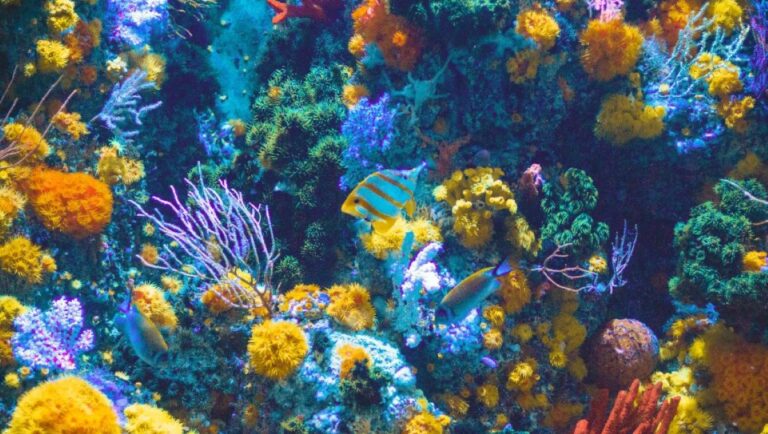Ecological restoration is a scientific practice aimed at returning degraded, damaged, or destroyed ecosystems to a state of health, integrity, and sustainability.
This process involves a wide range of activities designed to restore the natural interactions between organisms and their environment.
By reinstating native species, rebuilding habitats, and reestablishing ecological processes, ecological restoration seeks to bring back the natural functionality and biodiversity of ecosystems.
Table of Contents
The importance of ecological restoration
Ecological restoration is critical for several reasons. Firstly, it helps in combating biodiversity loss. With human activities such as deforestation, urbanization, and pollution exerting immense pressure on natural habitats, many species face the threat of extinction. Restoring these habitats can provide safe havens for wildlife, supporting their populations and genetic diversity.
Secondly, restored ecosystems offer numerous ecosystem services that are essential for human well-being. These services include clean water, fertile soil, pollination of crops, and climate regulation. Healthy ecosystems also act as buffers against natural disasters such as floods and hurricanes, thereby protecting human communities.
Moreover, ecological restoration can help mitigate climate change. By restoring forests, wetlands, and other carbon-rich ecosystems, significant amounts of carbon dioxide can be sequestered from the atmosphere, thus reducing the overall concentration of greenhouse gases.
Examples of ecological restoration
The following are some examples of ecological restoration projects around the world:
Wetland restoration in the Florida Everglades
The Florida Everglades is one of the largest wetland ecosystems in the world and has been severely degraded by agricultural and urban development.
Restoration efforts have focused on reestablishing natural water flow, which is crucial for the survival of many species including the American alligator and the endangered Florida panther. By removing canals and levees, and allowing water to flow more naturally, these efforts aim to restore the hydrological conditions necessary for the ecosystem’s health.
Forest restoration in the Atlantic Forest, Brazil
The Atlantic Forest is a biodiversity hotspot that has been reduced to a fraction of its original size due to logging, agriculture, and urbanization. Restoration projects in this region involve replanting native tree species, controlling invasive species, and engaging local communities in conservation efforts.
These initiatives not only help in reviving the forest ecosystem but also enhance the livelihoods of local populations through sustainable practices.
Prairie restoration in the Midwest, USA
The tallgrass prairie, once covering vast areas of the Midwest, has largely been converted to agricultural land. Restoration projects here often involve reseeding native grasses and wildflowers, removing invasive species, and implementing controlled burns to mimic natural fire regimes.
These practices help restore the prairie’s rich biodiversity and its ability to support species such as the greater prairie chicken and monarch butterfly.
Coral reef restoration in the Caribbean
Coral reefs are among the most diverse and valuable ecosystems on the planet but are threatened by climate change, overfishing, and pollution.
Restoration efforts in the Caribbean include coral gardening, where fragments of healthy corals are grown in underwater nurseries and then transplanted onto damaged reefs. Additionally, measures to reduce local stressors, such as improving water quality and managing fisheries, are crucial for the long-term recovery of coral reefs.
Main challenges and future directions
Despite its benefits, ecological restoration faces several challenges. These include the complexity of ecosystems, the uncertainty of outcomes, limited funding, and the need for long-term commitment. Successful restoration requires a comprehensive understanding of ecological processes, careful planning, and adaptive management.
Future directions in ecological restoration emphasize the integration of traditional knowledge and modern science, greater community involvement, and the application of restoration principles to urban environments. As global awareness of environmental issues grows, ecological restoration will likely play an increasingly vital role in ensuring a sustainable and resilient future for both nature and humanity.
In conclusion, ecological restoration is a powerful tool in the fight against environmental degradation. Through thoughtful and sustained efforts, we can revive ecosystems, preserve biodiversity, and secure essential ecosystem services for future generations.
Read also: Reforestation, 4 successful and massive projects of the past years












